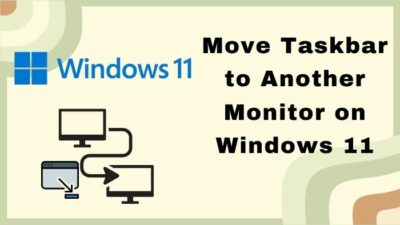Have you ever imagined what happens when you face several difficulties accessing your Linux administration system or having multiple access in a single system that can create a security threat?
It’s frustrating whenever you can’t take control of your system to handle errors that are deadly damage to your Linux machine and encounter security threats or lost/damaged crucial files.

To avoid this situation and adequately maintain your system, you can add a new user and separate your user permissions. Adding a new user to your Linux system will help you manage your system.
This article will show you some proven and effective ways to effortlessly add a new user to Linux mint.
So stay with me and read every section of this article carefully.
How to Add a New User in Linux Mint
In the Linux administration system, multi-user access is a fantastic feature that allows more than one user to simultaneously interact with the same system.
Suppose you are a system administrator and want to manage your several difficulties. In that case, you need to add a new user and a separate set of permissions. Otherwise, giving complete access to an unskilled user might lead to trouble.
Adding a new user will be the best practice when you want to separate your system permission and secure your authorization process.
You can add a new user in two ways: one is Default GNOME3 Environment Settings, and another one is Root Terminal. These two methods are the most effective ways to add a new user to Linux Mint.
So, let’s discuss those two methods.
Check out my new post on dTPM or PTT Which One is Windows 11 Compatible
Here are the steps to add a new User in Linux Mint:
1. Use Default Settings
Default GNOME Environment helps you to customize your Linux settings. By using this remarkable feature, you can easily create a new user.
Are you afraid of using Root Terminal in Linux Mint?
Don’t worry. You can easily add a new user without accessing the terminal. The default setting is the most straightforward way on Linux Mint to add a new user.
Here are the steps to add a new user by using your GNOME default settings:
- Open the Linux Mint System window.
- Search for the user in the search bar.
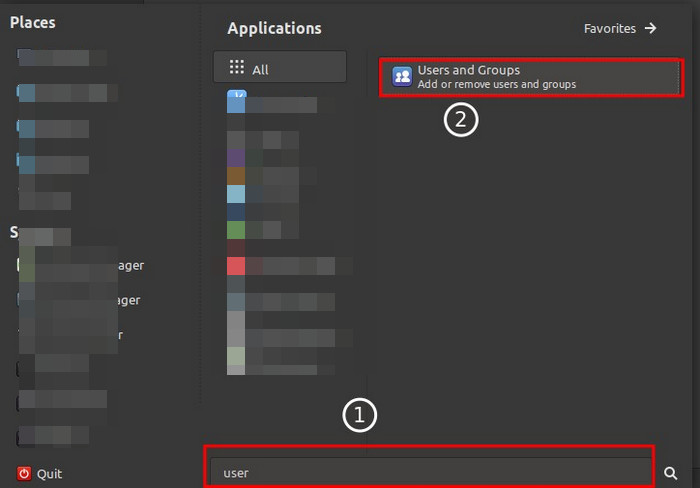
- Look for the Users and Groups in the pop-up window and select the Users and Groups option.
- User settings will show on your desktop environment.
- Look for the Add button and click on it.
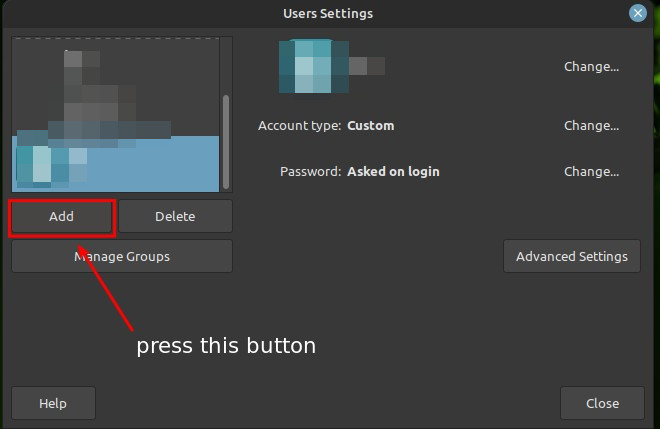
- Enter your current root password for authenticating your system configuration, and the Create New User window will appear on the screen.
- Enter your Name and Username.
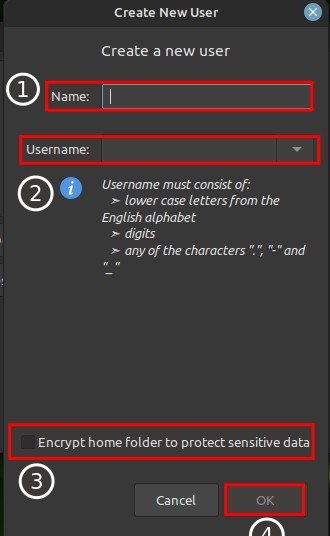
- Click on the Encrypt home folder to protect sensitive data radio button, and the Change User password window will appear.
- Enter your new password and confirmation password (You need to turn on the radio button set password by hand).
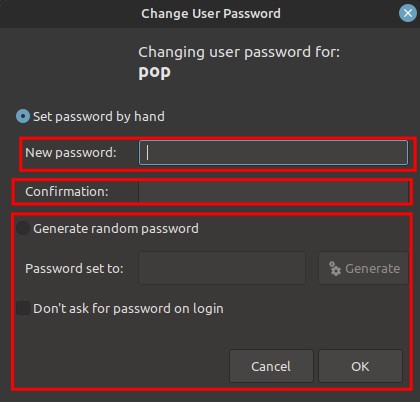
- Enable the Generate random password option by selecting the radio button. (when you want to generate your random password to secure your system, you can enable this feature and use it).
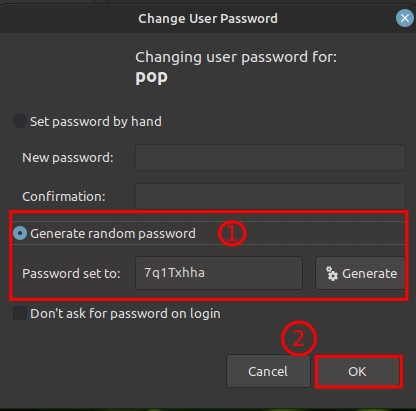
- Press the Ok button.
- Enter your password to authenticate your user account.
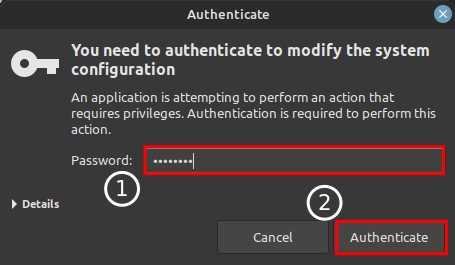
Check out Fix Volume Mixer Not Working On Windows 11.
2. Use Root Terminal
Another effective way to add a new account is using your Root Terminal on Linux Mint. You can easily add a new user to your system by applying simple commands.
Follow the steps below to add a new user using the Root Terminal on Linux Mint.
Here are some steps to add a new user by using Root Terminal:
- Open your Root Terminal by pressing Alt+Ctrl+T or go to the Linux window and search for Terminal.
- Enter the sudo adduser <username> For example, sudo adduser John (Replace the username field by your username)

- Type your current root password and press the Enter key.
- Enter your New Password, retype the new password, and then hit the Enter key.
- Enter your Full name, Room number, work phone, Home Phone, and other. (you can skip it by pressing Enter key).
- Press y if your information is correct. If not, press n.
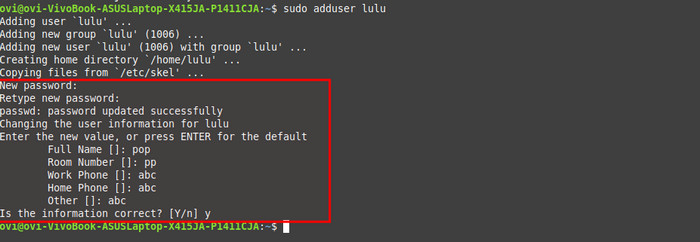
- Exit your terminal and reboot your system.
How to Remove User in Linux Mint
Removing the User will be the best practice when you don’t want to separate your system permission and only want to access your system.
Default Settings is one of the effortless ways to remove users in Linux Mint. If you want to remove any users on your system, you can easily do it from your Linux Mint system settings.
Let’s see the way to remove users in the Linux Mint.
Use Default Settings
GNOME default Settings is one of the best features in Linux. If you want to remove your existing user accounts, you can use default settings.
Here’s a complete guide on how to use Windows 11 installation assistant.
Here are some steps to remove user in Linux mint by using default settings:
- Open the Linux Mint System window.
- Search for the user in the search bar.

- Look for the Users and Groups in the pop-up window and select the Users and Groups option.

- User settings will show on your desktop environment.
- Look for the Delete button and click on it.

- Press Yes to delete the user when the action window appears on the screen.
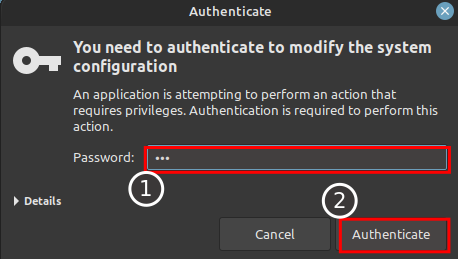
Follow our guide to Fix Update Error 8024402F on Windows 11
Final Thoughts
Sometimes, your friends or family members can use your system. For this reason, it can be possible to lose or damage crucial files from your computer. You can add multiple users and set permissions on your Linux Mint system to prevent this situation.
In Linux Mint, you can add users using the default system settings, which is the most straightforward approach. Another tested method is utilizing the Root Terminal of your Linux Mint system.
That’s it. Pretty simple, isn’t it? For more information and details, check out the other articles.
Goodbye, until next time.




